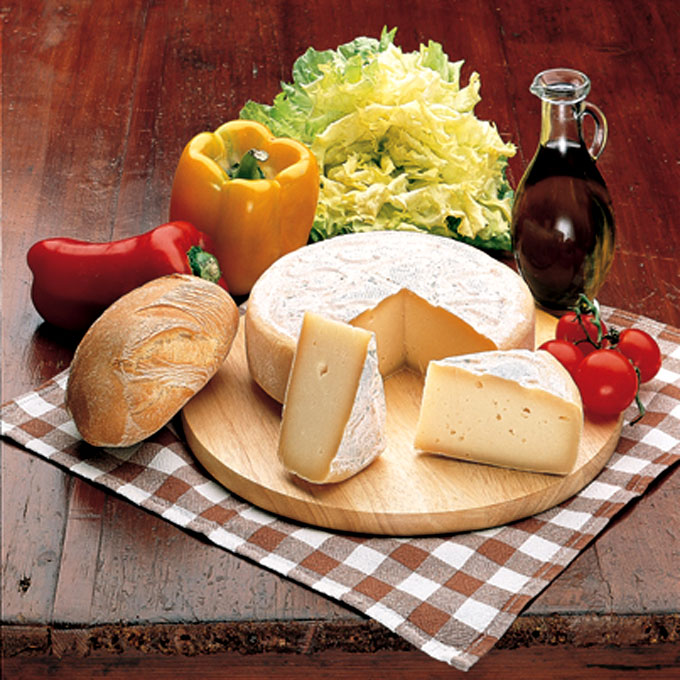
This formagella cheese, produced form semi-cooked cow's milk, is the best known among those made in Bergamo. According to legend, in the twelfth century a consul’s daughter who attended college in Bergamo, wishing to eat the cheese that she had eaten on her holidays, drove the friars crazy until they found what she wanted. The cheese was called Scalve formagella to distinguish it from others that had been taken to her and she had refused.
The four municipalities of the Scalve Valley, viz. Schilpario, Vilminore, Azzone and Colere, have a long and strong tradition in the processing and storage of dairy products.
Production and storage
 The milk is heated up to a temperature comprised between 35 and 37° C and added with calf rennet. After coagulation at a temperature between 35 and 37° C for 30-40 minutes, the curds are broken and cooked at a temperature between 35 and 43° C. After removing the whey, the formagella is extracted and placed in cylindrical moulds.
The milk is heated up to a temperature comprised between 35 and 37° C and added with calf rennet. After coagulation at a temperature between 35 and 37° C for 30-40 minutes, the curds are broken and cooked at a temperature between 35 and 43° C. After removing the whey, the formagella is extracted and placed in cylindrical moulds.
The next day the product is extracted from the mould and is salted by immersion in brine for 24-40 hours. The product is left to mature for 20 days to obtain the fresh cheese, and for at least 60 days for the cured variety.
Characteristic
Scalve formagella has a soft and supple crust, a white-grey outer surface and a soft cream or ivory-coloured paste with different degrees of intensity depending on the maturity, no bubbles, or very limited in number and size. It has a delicate aroma, slightly sour and pungent, and its perception increases during the tasting.
The flavour is more pronounced in the summer productions due to the presence of fresh mountain forage components.
